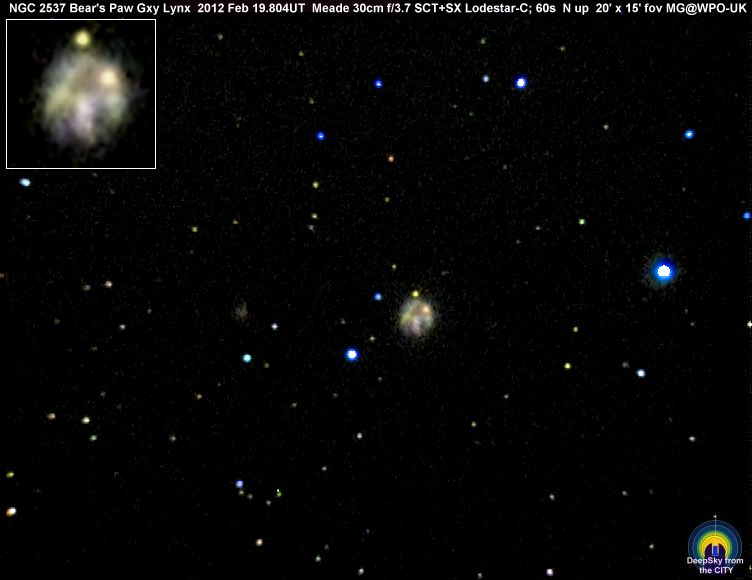johnnydeep wrote: ↑Sat Oct 31, 2020 11:48 pm
Thanks. So, per neufer’s post, the planet is only “dark” in that it reflects just 1% of the light it receives from it’s star. But it still glows red due to its high temperature. Though now I have to wonder how they can differentiate the light it reflects from the light it emits from its own heat.
And, at least on my iPad, using that color slider, I see 780nm as a very dark purple. Does that make me extraordinary?

Well,
TrES-2 is a G-type star, which means it is reasonably similar to the Sun, and it produces a lot of visual light. The only way a planet orbiting such a star can be so dark, the way my math-allergic brain understands it, is if the planet absorbs almost all the visual light that reaches it and only lets some deep dark red and infrared light escape.
In the big fat book that I own by Roger Penrose, Penrose said that the Sun-Earth system works in such a way that daytime Earth absorbs a certain number of visual-light photons from the Sun, and then night-time Earth re-emits the extra energy that it just received from the Sun as a much larger number of longer-wave photons. Say, two shortwave visible-light photons absorbed during the daytime generate (perhaps) six longer-wave infrared-light photons emitted by the Earth at night. According to Penrose, this process lowers the entropy on the Earth and helps make life possible on the Earth.
So, the way I understand it, TrES-2 b absorbs basically all the visible light that hits it and emits (some or most of it) as near-infrared light. In other words, the planet reflects little (or almost nothing) of the (visible or infrared) light that reaches it from its sun.
Let's talk about the
color slider! 780 nm looks (sort of) deep purple because our eyes are quite insensitive to this wavelength. Its looks like a mixture of red and black, sort of
like this.
Let's check the other end of the color slider, the one that "goes dark" because the wavelengths are too short for our eyes, near ultraviolet light. The shortest wavelength on the color slider is 380 nm, which, fascinatingly, stimulates the red-sensitive and the blue-sensitive cones in our eyes equally: Its RGB values are, R=97, G=0, B=97. This deep purple color looks
like this.
Fascinatingly, while there is a relatively long part of the spectrum that stimulates only the receptors of red light in our eyes, the color slider doesn't show a single wavelength that
only stimulates the blue color receptors in our eyes. But 439 nm has the following RGB values: R=10, G=0, B=255. 441 nm has these RGB values: R=0, G=11, B=255. Perhaps 440 nm is "all blue", that is, R=0, G=0 and B=255.
What about green? The greenest wavelength on the slider appears to be 511 nm, whose RGB values are R=9, G=255 and B=0. At 509 nm, the RGB values are, R=0, G=255 and B=23. Maybe 510 nm is the greenest of the green?
Ann
 A Galaxy of Horrors
A Galaxy of Horrors



